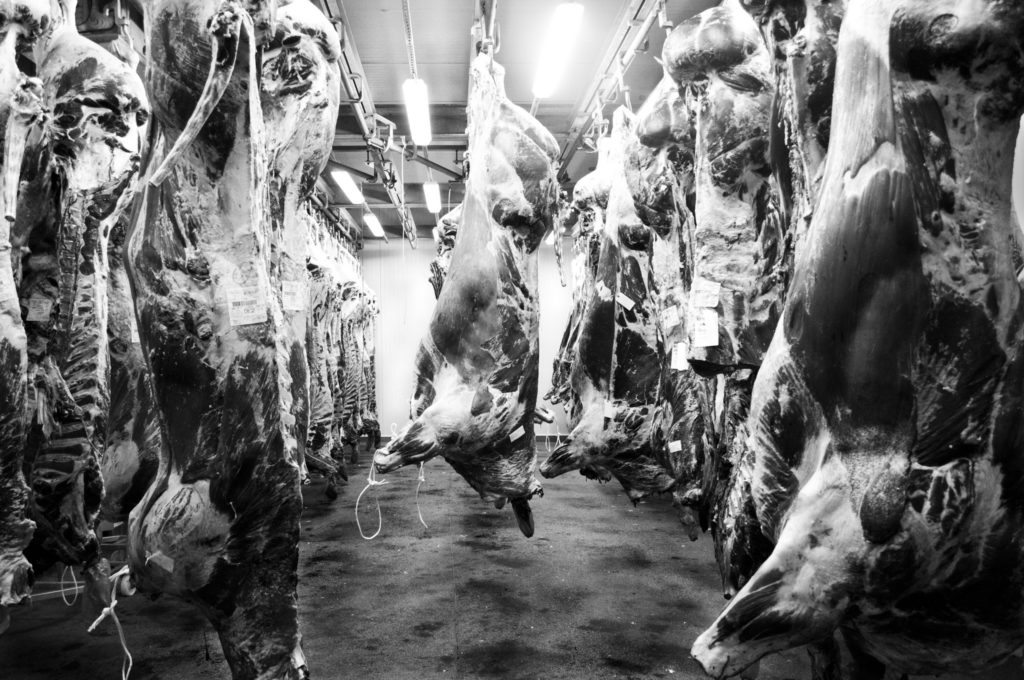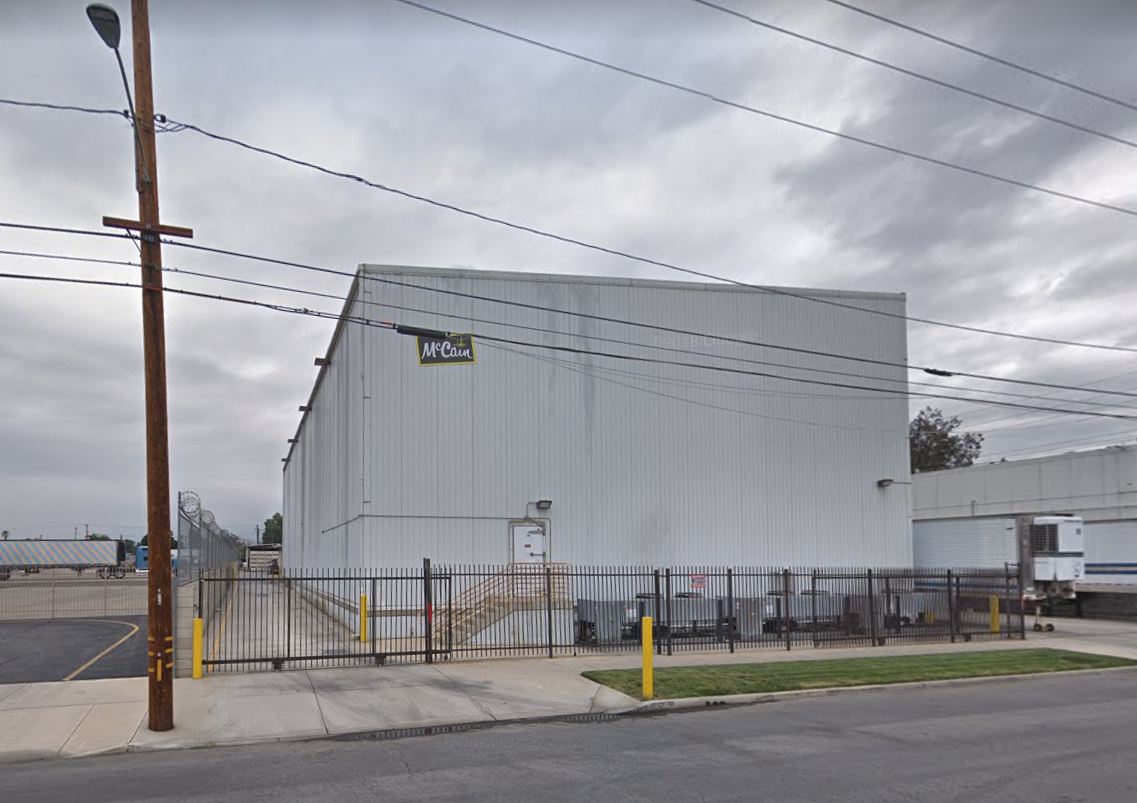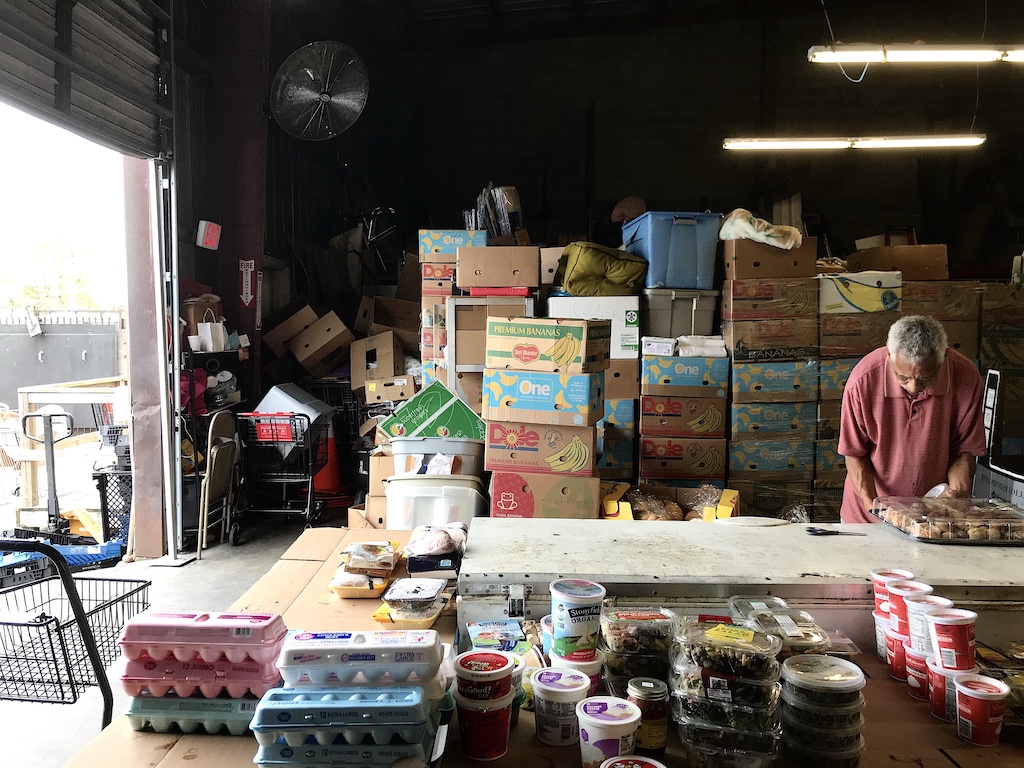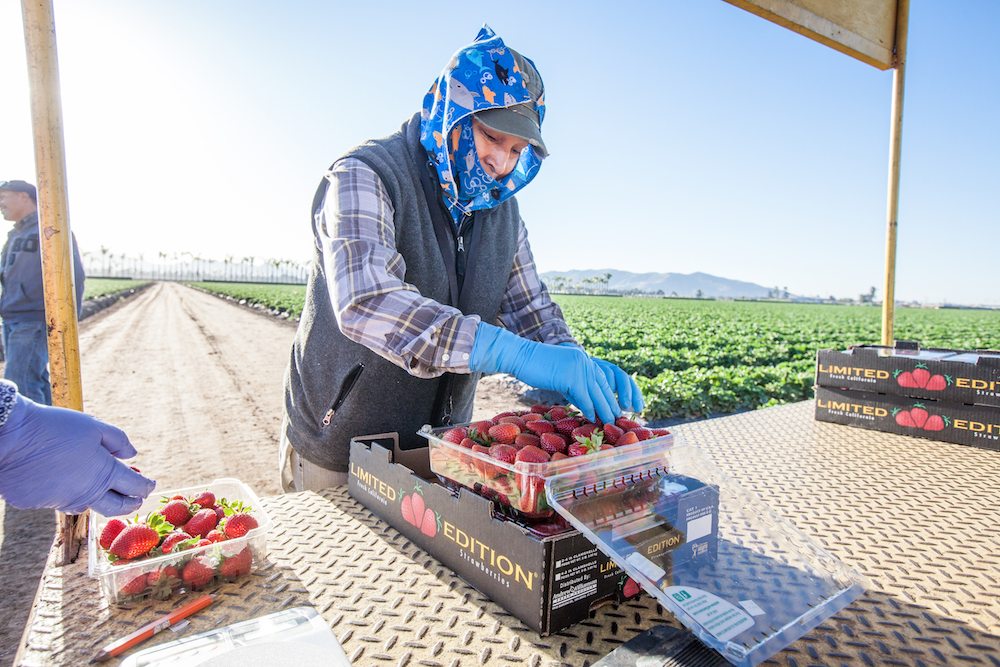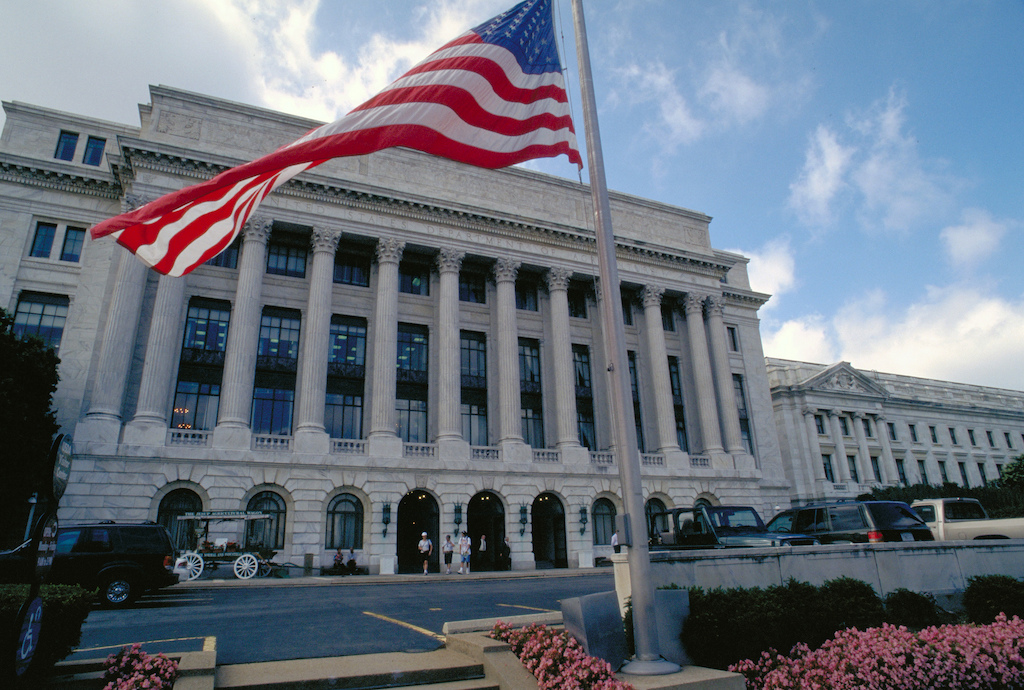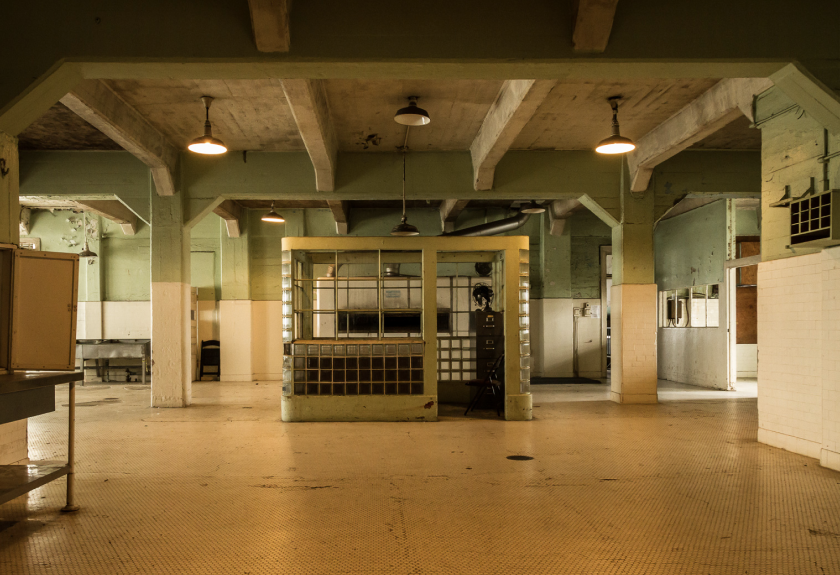Three years ago, the United States Department of Agriculture (USDA) shut down Rancho Feeding Corp., the only USDA-approved commercial slaughterhouse in Northern California, after its owners and two employees were found to have illegally processed and sold meat from cancerous cows.
The Rancho case is a stark example of much of what’s wrong with the federal government’s system for inspecting meat for the purpose of ensuring that it enters the food supply fit for human consumption.
At the heart of the Rancho case are questions about whether USDA has taken adequate steps to address problems within the agency that may have helped lead to the recall, and whether what happened at Rancho could happen again.
Many of the details have trickled out since 2014. While federal law requires that USDA inspectors be present whenever animals are being slaughtered, an investigation conducted in April of 2016 by USDA’s Office of Inspector General-Investigations (OIG) found that a number of cattle owners paid Rancho to slaughter diseased cattle surreptitiously and outside of normal work hours, when USDA inspectors weren’t present.
The investigation also revealed that Rancho went so far as to swap out the heads of cattle—not the proverbial “head of cattle” but actual cows’ heads—that showed evidence of eye cancer, switching them with the heads of healthy cattle, and creating false invoices to back up the deceit. Rancho did this in an effort to get paid off the books by deceiving inspectors and passing off potentially cancer-containing, uninspected meat as wholesome meat that had passed inspection.
The scheme began to unravel in early January of 2014, after a former plant employee tipped off USDA, prompting a raid. As part of its initial investigation, USDA officials physically picked through “30,000 pounds of internal organs, carcasses, fetuses, and other cow parts” before finding “two cow heads that appeared to have cancer” of the eye—known as “cancer-eye cows” in livestock industry parlance.
Later that same month, USDA notified Rancho it would not send its inspectors to the facility—effectively forcing the company to cease operations—and ordered a “recall of all products, including whole carcasses, produced from Jan. 1, 2013 through Jan. 7, 2014.”
The recall targeted nearly 9 million pounds of beef processed at the facility. Losses to cattle owners and others that were traceable to Rancho’s actions ultimately totaled more than $27 million.
While USDA says it found no evidence anyone was sickened by meat that had been processed by Rancho, several people were indicted and ultimately sentenced to prison time for their role in the scandal. Rancho owner Jesse “Babe” Amaral, then 78, pled guilty in 2016 for violating the Federal Meat Inspection Act (FMIA) and was sentenced to a year in prison.
Was USDA’s massive recall an overabundance of caution on the part of the agency? At first glance, that seems a reasonable assessment. But a closer look shows that the agency’s actions were careless, secretive, and incompetent from the start, and likely played a role in the need for a recall.
For example, an anonymous USDA inspector who “repeatedly criticized practices inside the [Rancho] slaughterhouse” alleged that her supervisor “ignored” her concerns. The whistleblowing inspector was soon transferred to another plant.
A June 2014 CNN investigation into the Rancho recall revealed “a government inspector and a Rancho foreman were involved in an inappropriate romance,” which included several alleged sexual escapades on Rancho property.
Critics have long argued that USDA is in bed with the industries it regulates. In the case of Rancho, that criticism appears quite literally to be true.
Shortly after the recall was announced, Reps. Mike Thompson and Jared Huffman, both Democrats representing districts in California, helped increase the OIG’s budget by $1 million in order to ensure the Rancho investigation was adequately funded and to prevent similar issues from arising in the future. Those same California congressmen also took USDA to task for repeatedly ignoring their requests that the agency provide Congress with more information about the recall.
“This is radio silence from the federal agency that did something very significant in my district that is affecting lots and lots of people,” said Huffman in 2014.
Those answers never came, infuriating the congressman—who represents the district where Rancho was located, and indicated he blamed USDA for the fiasco.
“We’ve really gotten nothing out of USDA,” Huffman said last year. “This all happened on their watch. And frankly, had they done their job, none of this would have happened.
“There was gross negligence and malfeasance at best, maybe even complicity involving USDA personnel,” he said.
But when Babe Amaral, the former Rancho co-owner and the final defendant in the government’s case, pled guilty last year, his plea, reported Northern California’s Press Democrat, “slam[med] the door shut on the prospect of trial testimony that could expose any mistakes made by U.S. Department of Agriculture inspectors.”
Given its secrecy and incompetence, prospects for change from within the agency seem slim.
There is hope, though, in the form of the PRIME Act. Introduced in 2015, the bill, co-sponsored in the House by Thomas Massie (R-Kentucky) and Chellie Pingree (D-Maine) and in the Senate by Rand Paul (R-Kentucky) and Angus King (I-Maine), would return control over inspections and intrastate commercial meat processing and sales where they belong: to the states.
The PRIME Act stalled in Congress last year.
Despite its legacy of fraud, scandal, and waste, however, some good has come out of the Rancho case. After the processor closed, its facilities were purchased by Marin Sun Farms. Unlike the take-all-comers approach exercised by Rancho, Marin Sun Farms caters only to smaller, grass-fed, beef producers.
In February of this year, Marin Sun Farms merged with Mindful Meats, a local organic beef producer. Supporters have painted the pairing as a perfect marriage that will boost the economics for small beef farmers in Northern California. The marriage analogy is apt: Marin Sun Farms’ founder, David Evans, is married to Claire Herminjard, who heads Mindful Meats.
Rancho is gone for good, replaced by a team that appears to care deeply about doing the right thing. But questions about USDA, its role in the Rancho recall, and its ability and willingness to prevent the next Rancho scandal remain.
